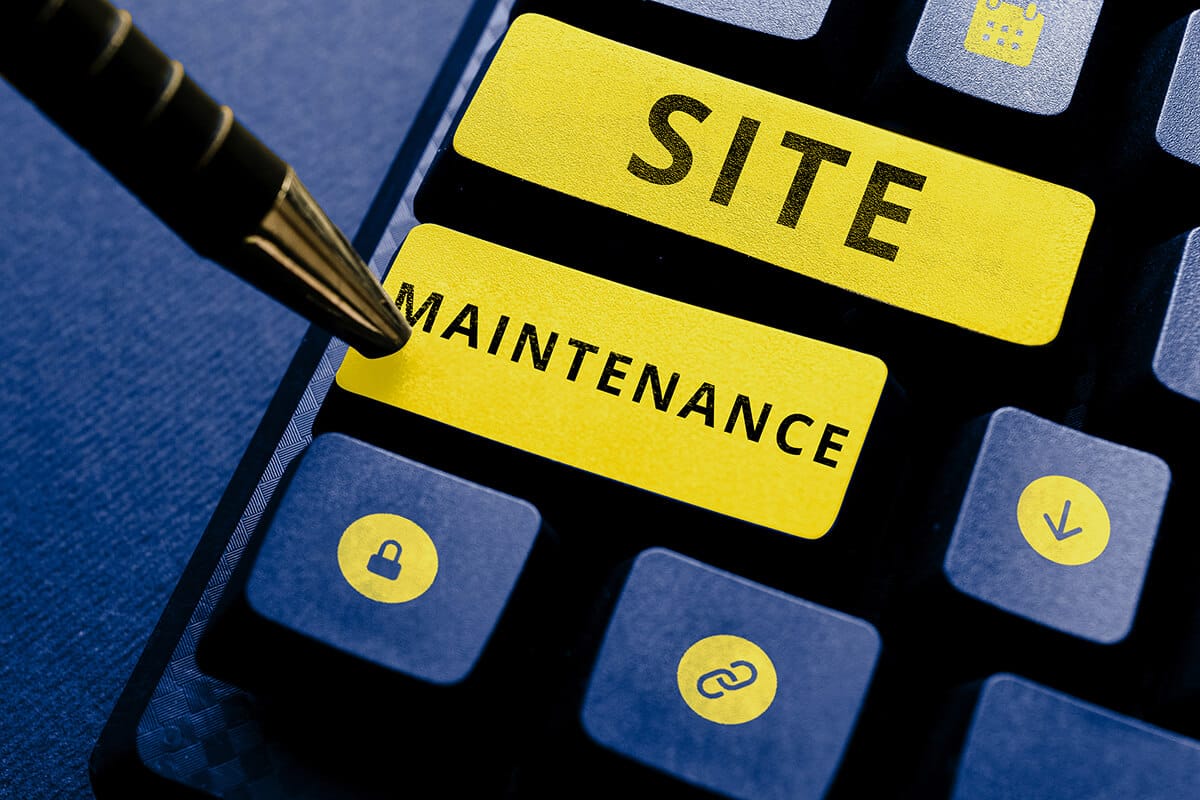Having the right hardware on hand to meet each employee’s needs is a critical factor when it comes to optimizing workplace efficiency. If your workers aren’t equipped with the right tools to do their jobs, office productivity suffers as a result. With so many options available, how do you choose the workstation that’s right for you?
We have compiled the following 5 tips to help you purchase the equipment that most closely matches your business environment requirements.
1. Find Your Fit– When it comes to employee workstations, one size simply doesn’t fit all. An administrative assistant will require a much different set of specifications than an architect, and a contractor does not need the same functionality as a doctor. Start your search by determining the exact functions and capabilities required by each member of your team. Be realistic. Everyone wants the newest, fastest, most powerful option available, but do they really need it? What tasks must the new workstation accomplish? What are the system requirements for software? What hardware upgrades do you foresee over the next 12 to 24 months? The only thing worse than spending money on a workstation that does not meet your employee’s needs, is overspending on a workstation that isn’t utilized to its fullest potential. Maximize the user experience. If you have a user that uses spreadsheets and accounting software at the same time throughout the day, think about utilizing two screens to maximize productivity and workflow for the user. They might find that having two monitors makes their lives easier and they can take on additional tasks. If this is an option that you feel is advantageous, then make sure that the computer you select has the ability to handle multiple monitors. Some computers will come with a single VGA and DVI that will work at the same time, Others can only run a single monitor at a time. If you have questions about this option, feel free to send us an email or give us a call.
2. Mobility– Is your workforce mobile or predominately office based? Desktop workstations offer greater versatility when it comes to upgrading your hardware requirements and managing costs. However, for businesses with employees that spend a significant amount of time travelling or working from home, a laptop solution might be the most efficient solution. For employees working in the same location regularly, a desktop or tower-style PC is more than adequate. However, a growing number of users can benefit from mobility. Notebook PCs provide this, although notebooks are more expensive than comparable desktops. The added cost is only justified by the additional productivity that mobility provides. If the user is a road warrior, think about battery usage. They may not have the ability to “plug in” all the time. If this is the case, think about getting a secondary battery or a car charger for the laptop. Another option is selecting a lesser grade CPU on the laptop so that they consume less power, this ultimately means longer run times for the user. If the user does very basic word processing and internet usage while on the road and has a desktop at the office to do more power hungry applications, think about possibly purchasing an ATOM based laptop. These very low power usage laptops can run for several hours on a single charge.
3. Workstation Grades – It is easy to get caught up in the multitude of computer brands and models currently available to businesses and consumers alike. With this in mind, it is often simpler to break your options down into three basic categories: high performance, midrange and budget systems. High-performance workstations are the most expensive but generally offer the fastest processing speeds, most storage and latest features, making them perfect for high-end tasks such as engineering, design work, video editing, etc. By comparison, midrange systems generally offer solid overall performance at a more affordable price and are perfectly suitable for a wide range of tasks including web design and digital imaging. Last, but not least, budget systems are typically inexpensive and use entry-level components to accomplish basic tasks such as email, Internet or LAN access, word processing, database access, spreadsheets and more. Keeping these three basic system levels in mind when deciding which employee workstations to purchase will help you make a more informed decision based on each employees unique needs.
4. Vetting Your Vendor — When you have decided on the right workstation make and model for each employee, choosing the right vendor to facilitate your purchase is essential. Placing a large, multi-unit order with a vendor that has been in business for less than a year may result in lack of service and support down the road. In order to minimize the risk of your investment, be sure to research potential vendors carefully before committing your office infrastructure to their care.
5. Service And Support — The price of each individual workstation is not the only cost to consider when investing in new employee systems. One-year limited warranties have pretty much become the industry standard, but many manufacturers and vendors offer additional service agreements that extend protection by up to three additional years. While these extended warranties require an additional initial investment, they will likely make up for that cost in the event of a system failure. In order to truly put your mind at ease, however, it is often beneficial to partner with a knowledgeable IT consultant who is capable of offering your company comprehensive, around-the-clock service and support.
With all the available options, choosing the workstation solution that is right for your company and employees takes a bit of informed decision-making. The best way to meet all your computing requirements on budget is to understand your needs, identify the products that meet those needs and research the suggested vendors to verify their history and longevity.


